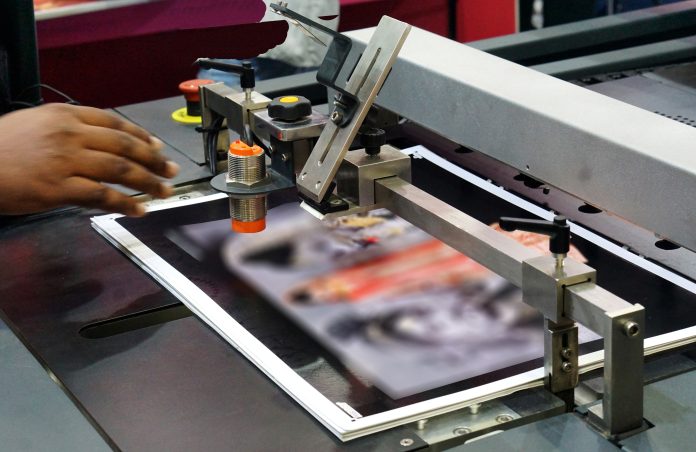As we have been writing in our print market updates over the past year, commercial offset printing in the country is increasingly focused on book printing. Book printing continues to flourish – for government and private textbooks, general books, and exports. However, our recent market check with one of the country’s leading book printers and exporters shows that the current market is at best flat.
Textbook printing is seasonal and in most years the orders for paper start up in June at optimal prices for book deliveries starting in September and continuing to February and March. In most years, paper prices start going up in August and reach their highest levels in November. However, this year, they have remained low and even reversed to some extent. Significant capacity creation for books in the past couple of years has kept the market competitive and low paper prices have kept top-line growth at flat or minimal levels.
Many printers are hunting for work at competitive rates to fill their capacities since a standing press is more expensive to maintain than a running one. Even at low realizations, they prefer to keep their machines running, since fixed costs comprise 80% of the overall expenses and variable costs such as electricity and other inputs are minimal.
Additionally, there are some apparent changes in the dynamics of the textbook market where, in the past, books were supplied to the publishers or delivered to schools from November to March. The window or season for school textbook production has shrunk, and this means publishers are placing orders later and looking for quicker turnarounds. Apart from the other efficiencies of 8-color perfector presses, this trend has contributed to the higher influx and current orders for 8-color perfecting offset machines in the Indian market.
Nevertheless, despite the lack of euphoria in the current book printing season, the purchasing cycle or process of importing multicolor offset presses from Germany and Japan takes place over the entire year, given the time taken for bank loan negotiations and the long delivery times of the five or six global manufacturers.
The current financial year ending 31 March will likely see a very high number of new installations – perhaps as many as forty-five 4- and 5-color presses and another four or five brand new 8-color perfectors. These presses coming into the commercial print segment are quite apart from the substantial number of multicolor offset packaging presses that are also arriving and being installed in this financial year.
The 4- and 5-color commercial press installations are overwhelmingly dominated by Komori with a significant contribution from RMGT and also a good number from Heidelberg. The 8-color perfectors are from RMGT and German manufacturers such as Heidelberg, which experienced good drupa sales to the Indian market – for both commercial presses and the longer packaging press configurations.
Digital presses
In one of our earlier updates, we reported that the influx of webfed digital inkjet presses and drum and toner presses had not been affected or cannibalized by the high number of multicolor offset press imports in the current year. However, there has been a slight lull or slowdown in the commercial and book printing markets.
While the offset multicolor presses are holding to our expected numbers, the digital press installations including the light production machine and the webfed inkjet numbers forecast earlier, may be difficult to reach. There may be a slight sales upsurge from the forthcoming Printpack exhibition and digital presses are easier to ship and install in the tight time frame of 31 March 2025.
But on the whole, the Indian digital press market, which looked to surpass the previous year’s numbers, is now stretched – with all the vendors under pressure to meet their optimistic targets. At the same time, the multicolor offset press installations are likely to exceed our expectations.















